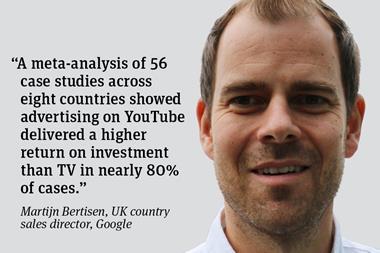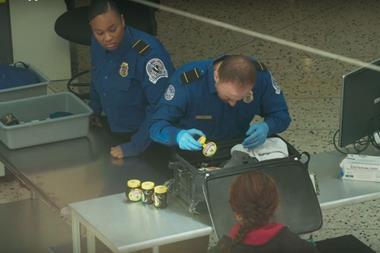
Blurring gender lines
Sir, Claire Nuttall’s call for more sex-specific brands goes against the prevailing trend, in design, to adopt a more fluid approach to gender. The sexes may have “fundamentally different” nutritional needs, but in terms of identity the lines are increasingly blurred. Across categories, brands are reinventing the visual codes and rules of designing for gender-specific appeal. The fading of the Lynx Effect made the headlines, but this more subtle approach to masculine and feminine design applies equally to brands such as Bulldog, Nike, The Primal Kitchen - even Lil-Lets! That’s down to desire for simplicity, individuality, and difference. Businesses that align their brands with these trends can forge broader and deeper connections with people.
Andrew Capper, creative director, Echo Brand Design
Walking stores is crucial
Sir, David Sables’ article ‘Suppliers must make the effort to walk the store, if nothing else’ certainly resonated. It never ceases to amaze me how many suppliers don’t do this. Perhaps in this age of apps they regard physical store visits as a time-consuming burden. In my experience of over 35 years developing business with the major retailers, nothing could be further from the truth, especially when you’re a smaller or new supplier. If you plan well enough to visit a handful over a couple of hours, then what you find can become even more valuable. After all, what you see in any one particular store could be dismissed as a one-off. But if you’re seeing the same thing in three or four of the same retailer’s stores, that’s likely to be important to your business.
Gareth Bird, MD, GBA Marketing
Data sharing cuts waste
Sir, Your feature ‘Food’s wasteful journey’ rightly points out that ‘supply chains are intricate and interconnected’. The unpredictability of where, when and how much shoppers consume of your products adds to the complexity, while legacy systems have not kept pace with the speed at which decisions need to be made. Fmcg brands and retailers have been investing in analytics but are not using data in a collaborative way to close the gap between consumer decision-making and their own supply chain decision-making. Collaboration is key and, in the age of machine learning for accurate forecasting, waste can be reduced without a sweat.
Matt Hopkins, retail industry director, Blue Yonder















No comments yet